Coding isn’t a necessity in order to create video games. You can use several tools and plugins to create a fully functioning, and enjoyable game without any prior coding experience.
Today, we shall take a look at some of these tools. A game engine is a framework designed to provide game developers with everything they need. Core components include a render engine, a scene editor, a physics engine, AI, audio, scripting, networking, and animation.
There are game engines that let you write scripts by connecting visual blocks of code. This way, you only have to focus on the logical aspect of things instead of worrying about code syntax.
Unity
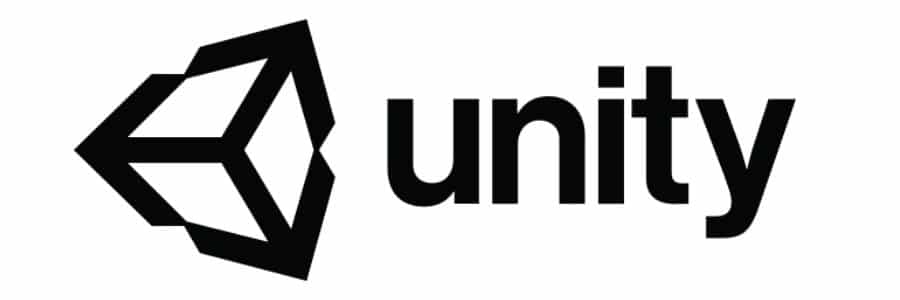
Unity Visual Scripting (Native)
Unity had been experimenting with a visual scripting system of their own before we started working on this article. It is expected to become the default choice of game developers who are currently using Bolt and Playmaker since Unity will roll out updates and bug patches at a much faster rate than any 3rd party team.
Because it is integrated into the Unity engine, you can use it for free without requiring any additional downloads. As of now, you can get the latest version of Unity and check it out. This visual scripting system is based around DOTS (Data Oriented Technical Stack), which is designed to make it easier for developers to write high-performance multithreaded code.
It is built around the Entity Component System (ECS) of Unity, unlike the Bolt plugin which is non-ECS (it’s Object Oriented, as opposed to Data-Oriented).
Bolt
A visual programming plugin for Unity, it uses a graph-based coding environment. There are two types of graphs you can work within Bolt- Flow Graphs, and State Graphs. You start with an “event”. An event can be user input, like a mouse click or keypress.
It can also be an input from a sensor or messages from other programs/ threads. Flow graphs let you change component properties, trigger actions within the game world, execute logic and math, check conditions, etc. You can create the core of your game logic and AI with Flow graphs.
With State graphs, you can create intelligent behaviors for enemy units, manage the UI, and design progress structures for your game. Bolt has a set of variables that let you store and play with any data type- integers, floating points, names, etc.
You can even store complex data structures. Macro support lets you reuse entire graphs by applying different parameters. Seamless integration with the Unity editor, live editing, predictive debugging, and built-in documentation are some of the other features that make Bolt the preferred visual scripting plugin for a vast majority of Unity users.
Playmaker
A fast and easy way to create prototypes for your upcoming games without having to write a single line of code. It is also useful for creating AI behaviors and interactive objects.
Game logic is designed within Playmaker by connecting blocks of code, or graphs, with wires that create relationships between different code blocks. You can select premade actions from a list, and there is no syntax to worry about.
Playmaker visual scripting has been utilized to create some really popular games such as Hollow Knight, Hearthstone, The First Tree, INSIDE, etc. Playmaker works across all Unity platforms- PC, Console, TV, AR, Web, and Mobile. Playmaker makes it easy to debug with its powerful real-time error checker and runtime debugging.
The editor helps speed up your workflow with easy copy/paste functionality and template support.
Unreal Engine

You could call this the most impressive visual scripting system in existence, and the reason people pressured Unity to come out with their own native VSL. Blueprints did it first and are respected by a bunch of industry professionals for a variety of reasons. Its speed, feature set, and stability are all excellent.
You get a complete gameplay scripting system designed around a node-based visual interface that eliminates (or greatly reduces) the need for coding. Blueprints lets you use many concepts traditionally available only to programmers, and you can implement these concepts in a much easier way since there is no code or syntax.
You can modify literally any gameplay element, change game rules, arrange weapon drops and item pickups, changes in the state of the game world, procedurally generated levels, etc. Everything from simple prototypes to complex AAA game development is possible within Blueprints. To showcase the capability of Blueprints, devs at EPIC games created a flappy bird clone within just 1 day.
At its core, Blueprint is an event-driven system. When an event takes place (user presses X key or a certain program executes the desired result), functions tied to those events will be run on actors within the game. You can use Blueprints to create customizable prefabs, playable game characters, HUDs, etc.
There is a ton of built-in documentation and tutorial videos on how to use Blueprints. It is a very scalable and customizable platform and can be adapter to even the most complex of AA or AAA games.
Construct 3
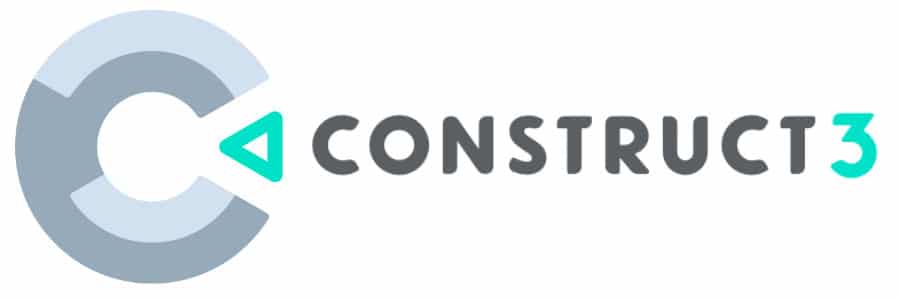
It is super-friendly for people unfamiliar with coding, Construct 3 uses a visual scripting language based around code blocks. Each block has a list of conditions that when fulfilled, will execute the actions assigned to that block.
It is easier to keep things organized in Construct compared to other visual scripting systems that use nodes and flowcharts.
Godot

No royalties, no licensing fee, no monthly/yearly subscription fees. Godot is a brilliant looking game engine with an innovative node-based visual scripting system, which allows you to execute complex ideas in a very simple manner.
In addition, the object-oriented Godot API also supports traditional programming languages such as C#, C++, and Godot’s very own “GDScript”. It’s also one of the few truly open-source game engines with support for 3D rendering.
GameMaker Studio

Its drag & drop interface lets you set up entire game worlds without writing a single line of code. And GML (GameMaker Language) helps you learn programming on the go to scale into more complex projects which require extra flexibility.
Since GameMaker Studio is multiplatform, you can directly export to Windows, fireTV, Android TV, HTML5, PS4, Xbox One, etc.
RPG Maker
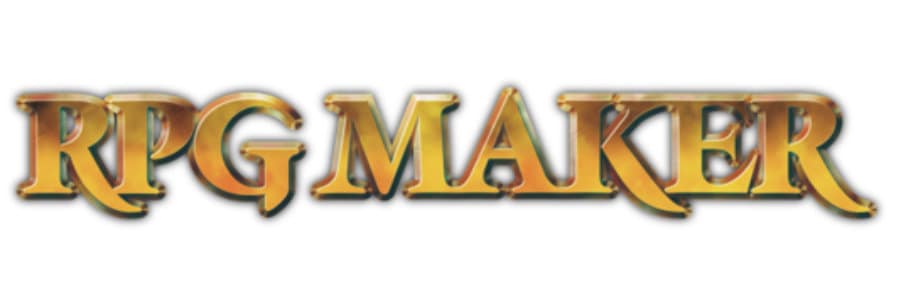
Originally created by the Japanese group ASCII, now owned by Enterbrain. A lot of RPGs designed with this engine can be found on Steam, and it has JavaScript support for creating more complex projects. Includes HTML5 export.
Designed to accommodate both a mouse as well as touch input. Extremely easy to create and edit new maps or design UI.
GameSalad

Similar to GameMaker Studio, GameSalad lets you create and publish your games on multiple platforms- Windows, Macintosh, iOS, etc. You can use this engine for free, but the “PRO” version will cost you money.
GameSalad’s behavior library is what makes it unique, allowing developers to embed a variety of complex behaviors into their game that would otherwise be difficult to implement even if you’re decent at coding.
Buildbox
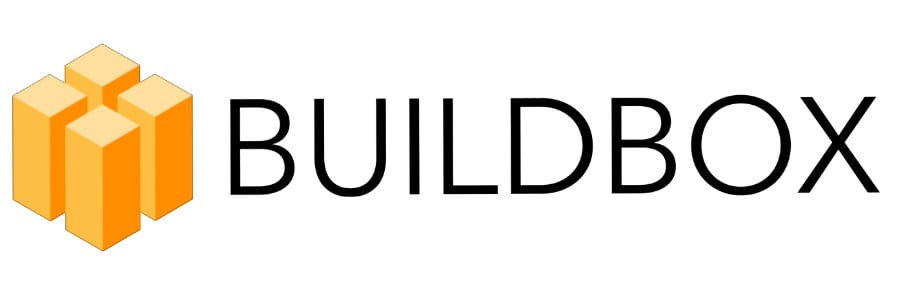
There are two versions- Free, and Pro. Pro will cost you a pretty penny. The Free version lacks some key features, like the ability to have more than one world or customizable splash screens. You also don’t get desktop export with the free version, and monetization is restricted with no in-app purchases.
But there are quite a few things that make Buildbox worth the high price tag. For starters, it features a Smart Asset system which gives you pre-set animations for assets you download. Animation components are drag & drop, featuring built-in logic.
Of course, you can choose to create your game without smart assets if you wish. The Pro version also has built-in ad support from various ad networks like Google’s AdMob, RevMob, Facebook, etc.
Adventure Game Studio

If you’ve got a story and artwork, Adventure Game Studio will handle the rest. It lets you create, test, and debug your game. There are tons of free games to try out, and a community which will help you along the way.
Stencyl
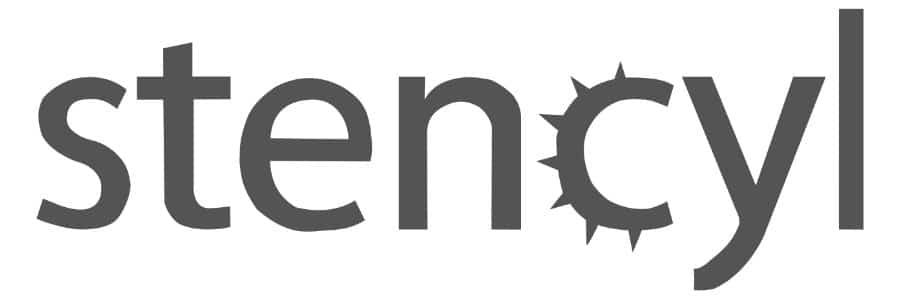
A great engine for creating simple 2D games. Platformers, adventure games, RPGs, puzzle games- everything is possible with Stencyl. Its interface is barebones but contains everything you need.
The drag & drop code modules are easy to play with, they look and feel similar to MIT’s Scratch visual scripting language. In fact, Stencyl is based on Scratch. There are hundreds of ready to use blocks, but you can also create and share your own code blocks.
TyranoBuilder
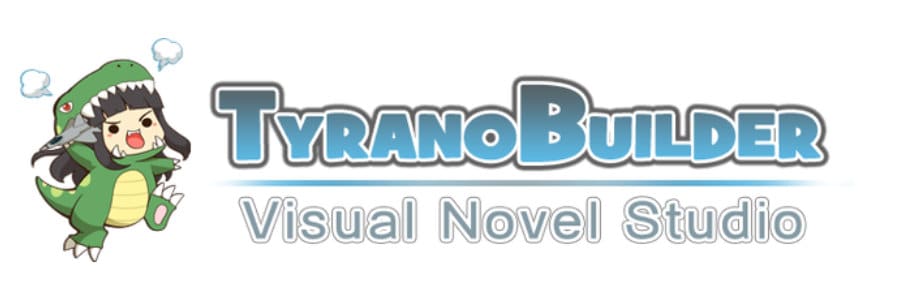
Easy to understand drag & drop system, support for browser export, and the ability to animate 3D characters. A great engine for creating your first game, it is suited to visual novels and simple 2D RPGs.
GDevelop

It’s the “game engine for everyone”, or at least that’s what it says on the official website. GDevelop’s biggest draw is that it’s open-source and cross-platform.
Some claim that it doesn’t have sufficient documentation or tutorials, but that’s nothing a few hours of digging around in Google won’t resolve. The interface is easy to navigate through, and you can start developing games right within the browser without having to download any extra tools.
Clickteam Fusion 2.5

Quick, easy to learn, and versatile- this is the game engine for people who wish to create a simple 2D game within a short period. The developers listen to the users, most bugs are constantly reported to the forums and get patched really fast.
Fusion 2.5’s drag & drop editor is similar to what you’ll find on many other visual scripting based game engines. It lets you create levels, animation, and events without writing a single line of code. There’s a large library of premade graphics, plus an ever-expanding collection of example files and tutorials.
CopperCube

It’s free, easy to use, and you don’t need to know how to code to create awesome games with it. CopperCube can be used to create simple 2D visual novels if you’re a newbie, and experienced developers can even create large scale 3D games with it.
Advanced users are free to use traditional scripting instead of the visual programming system, and you can export to all sorts of platforms- PC, macOS, Android, Web, etc. The base version is free, but you can also check out the paid “Pro” version which contains additional features like post-processing effects, video playback, command-line interface, etc.
CopperCube features a terrain editor, realtime shadows and static lighting, the wind moved vegetation, realistic water effects, a fast physics engine, and many prebuilt game behaviors.
Armory 3D
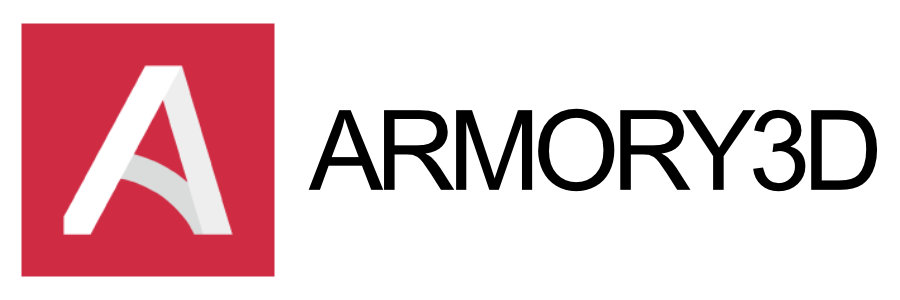
Open-source 3D game engine with built-in Blender integration, you can define game behavior using logic nodes within the editor. This engine is written in C, Haxe and WebAssembly, with a data-driven structure. There are two ways to develop games with Armory 3D- you can use the node-based visual editor, or write code using the Haxe API.
Updates for Armory 3D are a little slow, and there hasn’t been a whole lot of new features added to the engine in recent times. You can check out their roadmap on Github, and honestly, there isn’t a lot to look forward to. But as long as you’re a hobbyist or new to game development, all that shouldn’t matter.
Because Armory 3D is designed to be fast and portable, with a minimalistic design. It fulfills all those design goals and does so very well. If you want something with a bit more longevity and industry acceptance, go for Unity or Unreal.
CryEngine

Remember the Crysis series of games? Their German developer, Crytek is pretty silent these days and has shut down a bunch of studios due to all sorts of financial problems. They don’t have any new games to speak of at the moment, but their game engine is still fairly popular within the industry and has been used to create some really good AAA games.
The initial CryEngine version was used to develop Far Cry 1 and has come a long way since then. It is excellent for developing vast, open-world games with lots of pretty visual details. Recently, it was used to create the action RPG Kingdom Come: Deliverance. CryEngine exposes the entire source code to make it easier for the community to learn and develop it further.
Tutorials are clear, and there’s plenty of documentation. You can obtain a wide variety of premade assets and templates from the CryEngine marketplace to use within your games. You can take a look at the impressive list of features included within CryEngine over here.
Now, CryEngine does have a visual scripting system built into its editor. It’s called “Schematyk”, and you can read more about it here. But Crytek doesn’t really advertise that feature as a selling point. And that’s because it was never meant to be used as an alternative to regular programming.
You’ll still need to learn coding in order to work with CryEngine, but the visual scripting tool exists as a means to expose the game logic to members of the development team who aren’t very experienced with coding. As a result, CryEngine’s node-based visual coding is more complex and not very intuitive compared to visual scripting systems in other engines like GameMaker Studio or Unreal.
The CryEngine visual scripting lets game designers tweak values and change parameters on the fly during the development process. This is done way faster than writing code manually, and the designers don’t have to have the same level of coding knowledge as the developers (programmers). But you aren’t supposed to try and write the entire core of the game, like logic and AI using CryEngine’s visual scripting.
Lumberjack Engine

Created by Amazon, Lumberjack is a free and highly flexible game engine designed to provide development teams of all sizes with the necessary tools to create a game. It has no royalties or seat fees, and even includes seamless integration with Amazon Web Services (AWS) and Twitch.
So not only does Lumberyard help you create your game, but it also assists you with building a community around the game via Twitch where fans can watch you design and play the game as it’s being built. Lumberyard comes with the entire source code, the only thing you pay for is the AWS.
Lumberyard is multi-platform, meaning you can create games for PC, Mobile, and Console. It is advertised as being modular and optimized for performance.
There is a really intuitive visual scripting system called “Script Canvas” built into Lumberjack, it replaces Flow Graphs and utilizes the same framework as Lua and C++. You can animate characters with EMotion FX (Lumberyard’s animation system), and create scripted behaviors for these characters within minutes using Script Canvas.
Everyone from the designers to the artists and sound engineers can seamlessly coordinate with programmers thanks to Script Canvas, and it is really easy to create reusable code blocks or change certain parameters like weapon damage or drop rates on the fly.
For novice developers, there are Project Templates which provide a starting point to create a new game. You can view tutorials and documentation for Amazon Lumberyard, and we also recommend you check out their video presentation on why visual scripting is an important feature of Lumberyard.
Conclusion
Let us know what you think of our list, are there any game engines we forgot to add? As we explained earlier, coding isn’t an absolute necessity. But it does come in handy if you ever wish to take game development a bit more seriously.
There is an upper limit to what you can do with nodes and visual blocks. At some point, it all becomes a giant mess of spaghetti with lines running between thousands of nodes which makes debugging and maintenance super hard. Plus, coding gives you the flexibility to implement your own functions and behaviors in a way that can’t be replicated with pre-built modules, since every game is different.
But visual scripting will have a special place, it lets people who are not programmers focus on things like artwork and story instead of wrestling with code. Everybody from the designer to the artist and sound engineer can work more seamlessly with the programmers when coding as a barrier is removed.
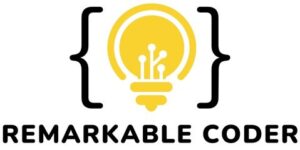
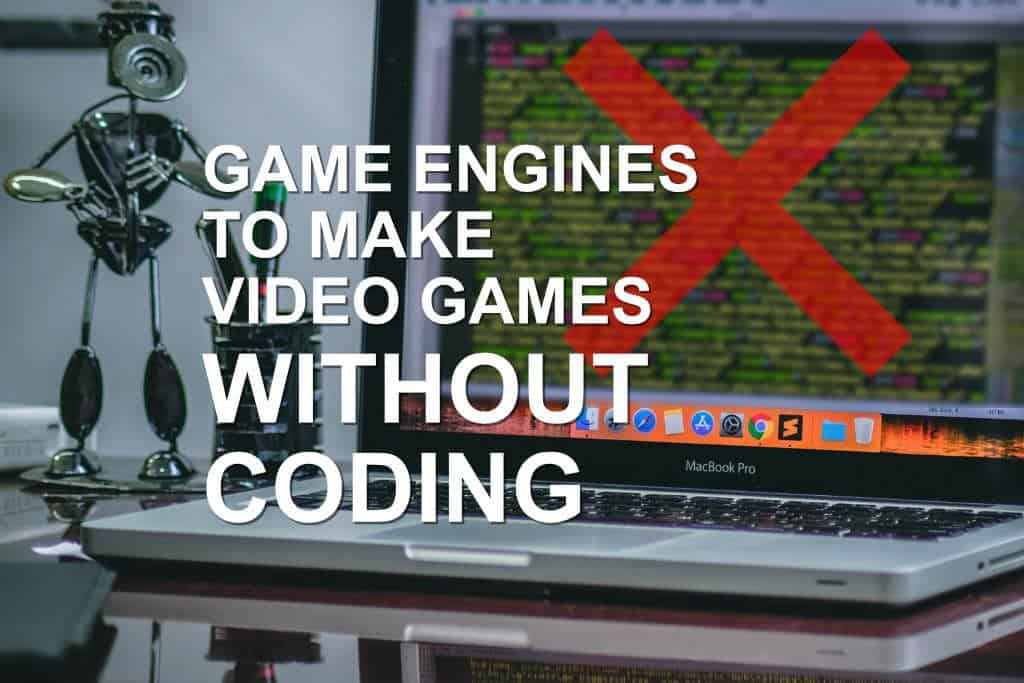
This is a great list! However UPBGE, Blend4Web, NeoAxis, Flax Engine, and Construct Classic also have some forms of Visual Scripting! :3
awesome game engines